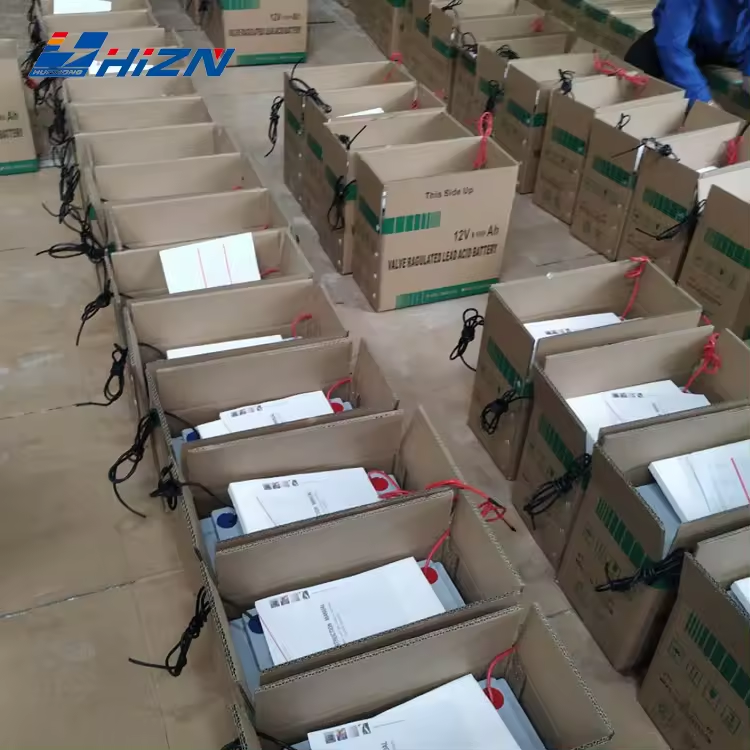The quality of lead-acid batteries can be assessed based on various aspects, including:
- Capacity: Capacity refers to the amount of electrical energy that a battery can store and deliver. It is typically measured in ampere-hours (Ah) and indicates how long a battery can provide a specified current before needing recharging.
- Voltage Stability: A high-quality lead-acid battery maintains stable voltage output over its discharge cycle. Fluctuations in voltage can affect the performance of electrical devices and equipment powered by the battery.
- Cycle Life: Cycle life refers to the number of charge-discharge cycles a battery can undergo while maintaining a specified level of performance. Higher cycle life indicates better durability and longevity.
- Charging Efficiency: Charging efficiency measures how effectively a battery converts electrical energy from the charger into stored energy. Higher charging efficiency reduces charging time and energy losses during the charging process.
- Discharge Rate: The discharge rate indicates how quickly a battery can deliver electrical energy to a load. Batteries with higher discharge rates can power devices with higher power demands more effectively.
- Self-Discharge Rate: Self-discharge refers to the gradual loss of charge in a battery when not in use. Low self-discharge rates are desirable as they ensure that the battery retains its charge for longer periods, especially during storage.
- Temperature Performance: The performance of lead-acid batteries can be affected by temperature variations. High-quality batteries exhibit stable performance across a wide range of temperatures and can operate effectively in both hot and cold environments.
- Resistance to Overcharging and Deep Discharging: Quality batteries are designed to withstand overcharging and deep discharging without suffering permanent damage. Built-in protection mechanisms help prevent overcharging and extend battery life.
- Safety Features: High-quality lead-acid batteries incorporate safety features such as built-in pressure relief valves, flame arrestors, and short-circuit protection to minimize the risk of accidents and thermal runaway.
- Consistency and Reliability: Consistency in performance from one battery to another within the same batch or production run is indicative of good quality control practices. Reliable batteries consistently meet specified performance criteria under various operating conditions.
Assessing these aspects provides a comprehensive understanding of the quality and performance of lead-acid batteries, helping users select the most suitable batteries for their applications and ensuring long-term satisfaction and reliability.


